Here is my understanding.
- Step 1: When you say
Integer counter = 0;what you're actually doing is
Integer counter = new Integer(0);
Here you created an Integer object whose value is 0 and counter is reffering to it.
Step 2: Integer test = counter;
Now test is also referring to the same Integer object we
created in step 1.
Step 3: Here comes the tricky part. When you do counter++; in your main method, Java Auto-boxing and Auto-unboxing
features are implementing the below code for you.
counter = Integer.valueOf(counter.intValue() + 1);
As Integer class is immutable in Java, when the value is incremented from 0 to 1, the valueOf() method is creating a new Integer object and storing the new value 1 in it instead of changing the old object's value (See below for Java's valueOf() method implementation). As you're referring the new object with counter, it de-referenced the old Integer object whose value is 0. But the reference variable test is still holding the old Integer object. This is the reason test printing the old value.
Java's valueOf() method from library class Integer
638 public static Integer More ...valueOf(int i) {
639 assert IntegerCache.high >= 127;
640 if (i >= IntegerCache.low && i <= IntegerCache.high)
641 return IntegerCache.cache[i + (-IntegerCache.low)];
642 return new Integer(i); //See, new object is created here.
643 }
See below for detailed diagrammatic explanation.
Solid line implies reference variable is still holding the object.
Dotted line implies reference variable is no more holding the object.

